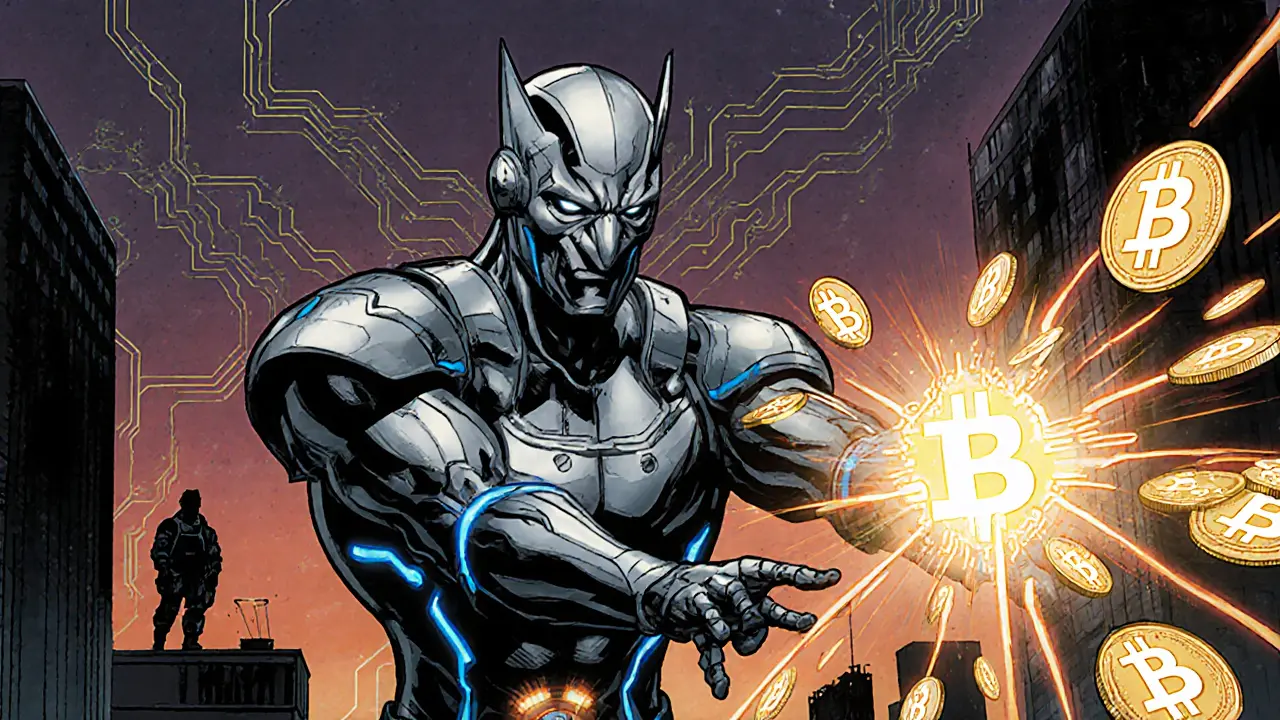Zero-Fee Cryptocurrency Transactions: How They Work & Top Options
Explore how zero-fee cryptocurrency transactions work, compare Nano, IOTA, Tron, and Stellar, and learn the benefits, challenges, and future outlook for fee‑free crypto.
When working with Tron, a high‑throughput public blockchain built for scalable decentralized apps and finance. Also known as TRON, it runs on a delegated proof‑of‑stake (DPoS) consensus that can process thousands of transactions per second.
At the heart of the network sits the TRX token, the native cryptocurrency used to pay fees, vote for super‑representatives, and stake for network security. DeFi, decentralized finance services built on Tron that enable lending, staking, and liquidity provision with near‑instant settlement leverages that utility daily. Meanwhile, a growing suite of dApps, decentralized applications ranging from games to NFT marketplaces that run on the TRON Virtual Machine (TVM) showcases the platform’s versatility.
Tron’s architecture is built around three core ideas: speed, low cost, and developer friendliness. The DPoS model elects 27 super‑representatives who validate blocks, which keeps latency low and transaction fees near zero. This design enables high‑throughput use cases like real‑time gaming or high‑frequency trading that would stall on slower chains. Because fees are cheap, creators can mint NFTs or launch token sales without worrying about prohibitive costs.
Another pillar is the TRON Virtual Machine, a compatibility layer that runs Solidity‑based smart contracts. Developers familiar with Ethereum can port their code to Tron with minimal changes, widening the pool of available dApps. The TVM also supports advanced features like multi‑signature wallets and on‑chain governance, letting communities shape protocol upgrades directly.
Governance on Tron is tightly linked to the TRX token. Holders can stake TRX to vote for super‑representatives, influencing block production and protocol proposals. This stake‑to‑vote model creates an economic incentive for participants to act in the network’s best interest, reducing the risk of centralization while still delivering fast finality.
From a security standpoint, Tron combines regular audits, bug bounty programs, and a robust testnet environment. While the platform’s rapid growth has attracted occasional exploits—often targeting poorly written smart contracts rather than the underlying chain—its open‑source nature encourages community review and rapid patching. Users are advised to stick with audited contracts and to keep their wallets updated.
Tron’s DeFi landscape is one of the most active on the platform. Protocols like JustSwap, Sun.io, and TronTrade offer automated market making, yield farming, and cross‑chain bridges that connect to Binance Smart Chain or Ethereum. The low fees mean that liquidity providers can earn meaningful returns even on small capital, making DeFi on Tron attractive for both retail and institutional traders.
Beyond finance, Tron’s dApp ecosystem includes popular gaming projects, social media platforms, and NFT marketplaces such as APENFT and Treasureland. These applications take advantage of Tron’s fast confirmation times to deliver seamless user experiences—players can earn in‑game tokens instantly, and artists can sell digital art without waiting for block confirmations.
All of these elements—fast consensus, cheap fees, a compatible VM, and a thriving DeFi and dApp scene—make Tron a compelling choice for anyone looking to build or invest in blockchain‑based products. Below you’ll find a curated collection of reviews, guides, and deep dives that dig into exchanges, tokenomics, airdrops, and regulatory news, all tied back to the Tron ecosystem.
Ready to see how Tron’s technology shapes the market? Browse the articles ahead for practical tips, detailed analyses, and the latest updates that will help you navigate the world of TRX, DeFi, and dApps with confidence.

Explore how zero-fee cryptocurrency transactions work, compare Nano, IOTA, Tron, and Stellar, and learn the benefits, challenges, and future outlook for fee‑free crypto.